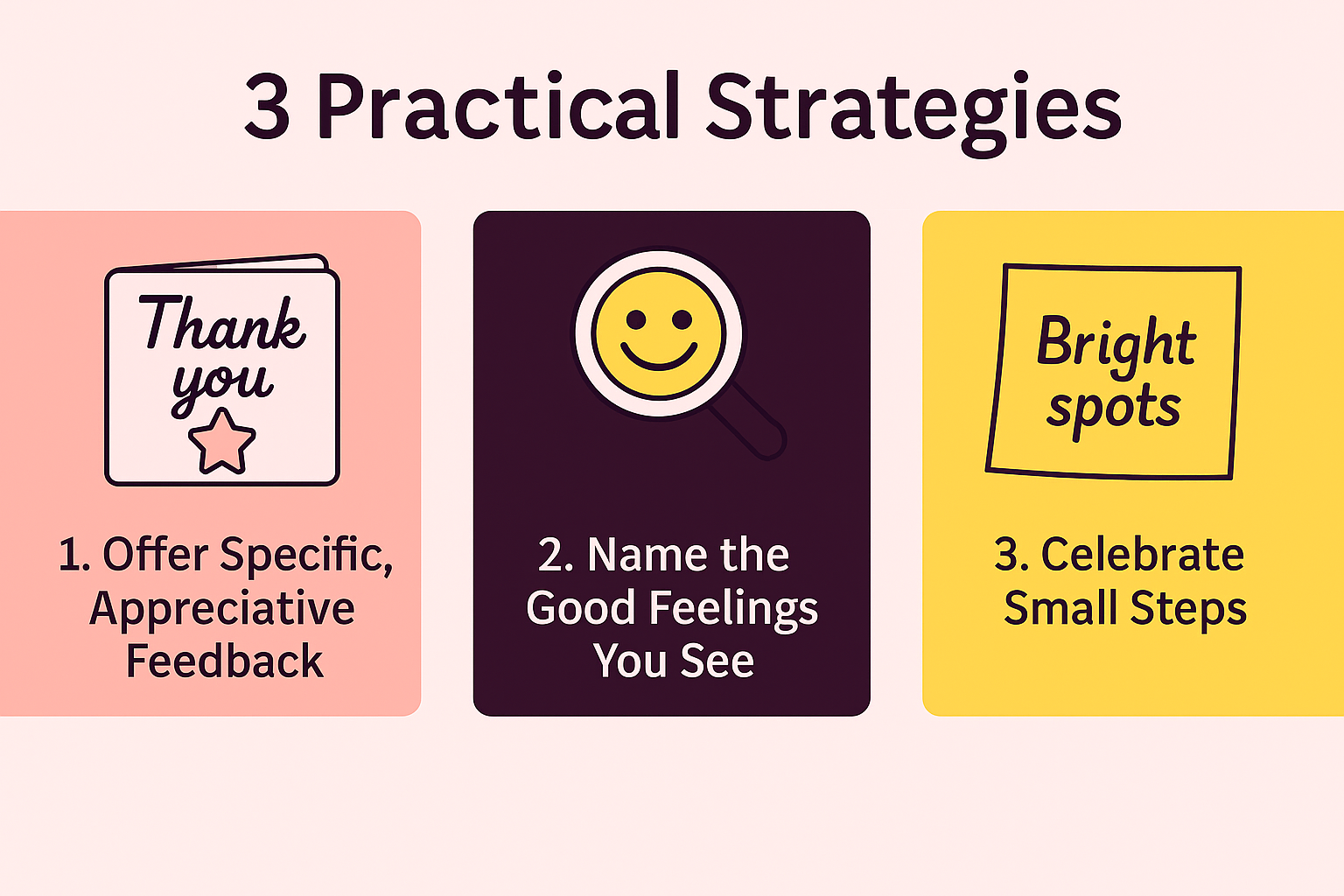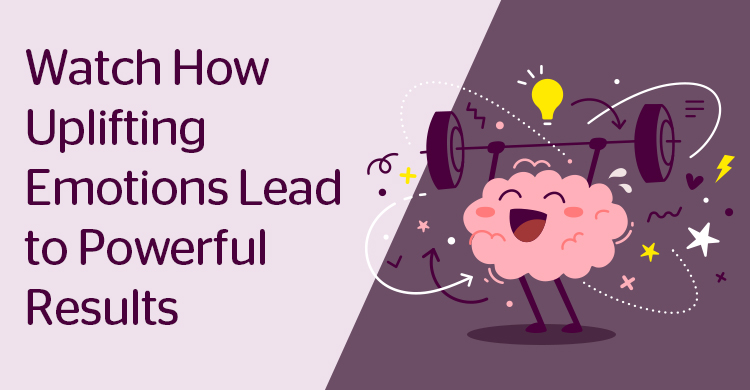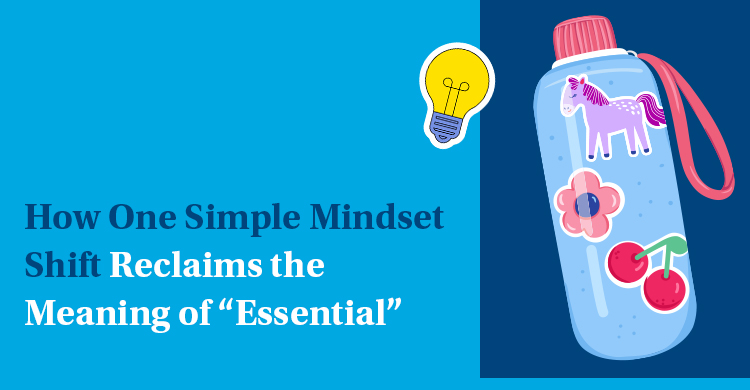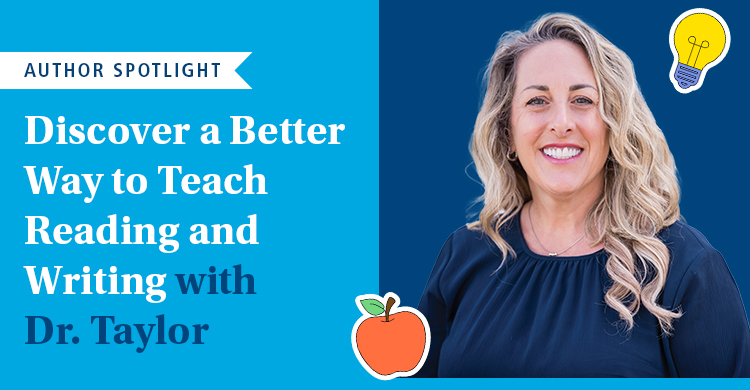Imagine walking into a staff meeting where teachers are energetically sharing successful strategies from their classrooms. There’s laughter, eager questions, and a palpable sense that together, they’re making progress. Now contrast this with a room where educators sit silently, faces reflecting exhaustion and doubt, no positive emotions. Which team do you think will tackle challenges more effectively?
The emotional tone of a school directly influences how confident teachers feel about tackling challenges together. When teachers experience positive emotions such as joy, enthusiasm, and satisfaction with their work, it reinforces their collective belief in their ability to make a difference. Collective efficacy—a shared conviction of teachers that together they can positively impact student results—is the factor that matters most in raising student achievement according to Hattie’s Visible Learning synthesis (2023).
How mood drives school success
Our experience in school and district leadership has shown us that the emotional atmosphere is a key factor in converting struggling teams into champions of student success. The research backs this up: Bandura’s (2006) work identified four sources of collective teacher efficacy, with emotional states being a critical factor. While successful experiences, observing others succeed, and encouragement from trusted colleagues all build efficacy, the emotional context in which these occur amplifies or diminishes their impact.
When teachers consistently communicate optimism and encouragement, they elevate the mood of those around them. This emotional contagion contributes to a positive school climate and enhances collective efficacy. However, positive school culture doesn’t happen by accident. It requires intentional strategies that go beyond surface-level positivity to create authentic emotional connections.
Three Practical Strategies to Strengthen Positive Emotions in Schools
Here are three actionable approaches that can transform your school’s emotional climate and build collective efficacy.
1. Offer Specific, Appreciative Feedback
Generic praise like “Thanks for your hard work” is useful but has limited impact. What truly energizes teachers is specific recognition that acknowledges their unique contributions.
Instead of “Thanks for your work on the literacy initiative,” try: “I noticed how you redesigned your reading stations—and the way you integrated those new comprehension strategies has the students so much more engaged now.” Instead of “Great job,” try: “Your ideas in our team meeting last week helped us all think differently.” This kind of specific feedback does double duty—it makes the recipient feel valued while also highlighting effective practices that others might adopt. By making appreciative feedback a regular habit, principals can elevate positivity in schools.
Consider the following to encourage this practice:
- Identify individual and team efforts.
- Share what you have observed (be descriptive).
- Describe how the individual or team action impacted students, colleagues, and/or the school community.
- Identify the qualities or values that their action demonstrated.
When teachers regularly receive evidence that their efforts matter, they develop stronger beliefs about what’s possible collectively.
2. Name the Good Feelings You See
This simple technique, borrowed from crisis negotiation practices, has remarkable power in school settings. When you observe positive emotions, name them aloud:
- “I can see how proud everyone is about our reading scores this quarter.”
- “I sense some real excitement about this new approach.”
- “It feels like people are hopeful about these changes.”
By explicitly acknowledging the positive emotions present, you actually amplify them. They become more salient to everyone and tend to spread throughout the group. This practice helps teachers connect their positive feelings to the work they’re doing, strengthening the link between their emotional experience and their professional impact.
Frustration with timelines
Interestingly, this approach can also help with challenging emotions. When you name difficult feelings—“I sense some frustration about this timeline”—people often feel heard, which can help defuse tension and create space for more constructive engagement.
This practice can feel awkward at first—many of us aren’t used to naming emotions in professional settings. When a colleague of ours first tried this approach during a particularly tense curriculum planning session, she simply said, “I notice there’s a lot of passion in the room about getting this right for our students.” She indicated that the mood in the room visibly shifted as people recognized their shared commitment underneath the disagreements.
The key is authenticity. This isn’t about manufacturing false positivity but rather bringing attention to the genuine positive emotions already present, even during challenging times.

3. Build Momentum by Celebrating Small Steps
Schools often focus celebrations on major milestones—dramatic test score increases, completed initiatives, or end-of-year accomplishments. While these big wins matter, the daily and weekly small victories are what truly build momentum and confidence.
Make a practice of noticing and celebrating incremental progress:
- Small improvements in attendance or behavior data
- A teacher successfully implementing a new instructional strategy
- Students showing growth on formative assessments
- Productive collaboration during team planning time
- Creative problem-solving of everyday challenges
A high school we recently visited displayed a “Bright Spots Board” in their staff room where teachers could post sticky notes highlighting small successes they observed:
- “Three students who never participated raised their hands in today’s discussion.”
- “Our grade-level team finished unit planning in record time.”
- “Attendance in my first period improved 12% this week.”
These “small wins” help teachers see patterns of success they might otherwise miss in the day-to-day intensity of school life. When accumulated over time, they create a narrative of progress that strengthens collective belief in the team’s capability.
Try creating a dedicated space—physical or digital—where these small steps forward can be documented and shared. This creates a growing body of evidence that the team’s efforts are making a difference, even when bigger goals are still on the horizon.
Reach Beyond Artificial Cheerfulness
It’s important to emphasize that building positive emotions isn’t about maintaining artificial cheerfulness or ignoring real challenges. Teachers can spot inauthentic positivity immediately, and it often backfires, creating cynicism rather than confidence.
The approaches described here are about honestly acknowledging both difficulties and successes while intentionally creating conditions where genuine positive emotions can flourish. They involve paying attention to what’s already working, ensuring people feel valued for their contributions, and building a narrative of progress alongside a clear-eyed view of ongoing challenges.
Bandura (2006) notes that positive emotions can serve as a buffer against the negative effects of stress and setbacks. When teachers maintain positive, affective states, even in the face of challenges, they are more likely to persist, adapt, and maintain their collective belief in their ability to succeed. This resilience is crucial for sustaining high levels of collective efficacy.
Build Confidence for Lasting Change
When you genuinely recognize colleagues’ hard work, thoughtfully name the positive emotions you observe, and celebrate meaningful progress (no matter how small), you’re not just creating temporary good feelings. You’re transforming school culture by reinforcing that teachers’ collaborative work truly matters, building the collective belief that together, your school can make a real difference for students.
What small step could you take tomorrow to strengthen positive emotions in your school community? Perhaps it’s writing a specific note of appreciation to a colleague, creating a “wins” section in your next staff meeting agenda, or simply naming the positive emotion you see when a team overcomes a challenge.
The path to stronger collective efficacy starts with these intentional emotional practices—and the resulting confidence will drive improvements in student learning that everyone can celebrate.
References
Bandura, A. (2006). Toward a psychology of human agency. Perspectives on Psychological Science, 1(2), 164–180.
Hattie, J. (2023). Visible learning: The sequel: A synthesis of over 2,100 meta-analyses relating to achievement. New York: Routledge.
About the educators
Glenn Forbes is a school principal and school improvement coach in Brisbane Queensland, Australia. Glenn’s strong belief in cultivating collective teacher efficacy and establishing a culture of high expectations has resulted in marked improvement in various schools.
Jenni Donohoo, PhD, is a professional learning facilitator, author, and researcher. She has multiyear partnerships with numerous organizations and government agencies, where she works alongside system and school leaders supporting high-quality professional learning designed to improve outcomes for all students.
For more resources that show the power of expressing positive emotions, you might like to add these to your summer reading list:
- HEART! Fully Forming Your Professional Life as a Teacher and Leader by Timothy D. Kanold
- Building Blocks for Social-Emotional Learning: Creating Safe, Secure, and Successful Elementary Schools by Tracey A. Hulen, Ann-Bailey Lipsett
- Take Time for You: Self-Care Action Plans for Educators by Tina H. Boogren






